Skilling - spectacular flower with bright large-shaped inflorescences, covered with flowers in the shape of openwork bells. This unpretentious grassy-honey plant is often used to reflect country sites, flower beds and creating flower compositions. Majestic beauty internship towers over lower rapid plants and creates a unique fabulous atmosphere in the garden. Motherland of instrettening or Digitalis (Digitalis) - Mediterranean. Currently there are more than 30 species of plants that can be found in Europe, Caucasus, Asia, North Africa. In the wild, Digitalis grows on open glades, along the rocky slopes and roadside ditch. Flowers for a long time appreciated the unpretentiousness and the luxurious appearance of the flower and are happy to grow it on their summer cottages.
Natherovka: Description
The flower of the ride (Digitalis) belongs to the family of sizesnial. From the Latin "Digitális" - "thimble". The name of the flower is associated with the appearance of the blooming inflorescence, which consists of gentle bells similar to thimbles. From a long time, legends and beliefs, according to which the bells serve as bright caps for forest elves. It is often referred to as another name of the flower - "Witin Thrust", "Bloody Fingers", "Ryumchik".
Botanical description of vypsystyanka
- Pattern - a grassy perennial plant, is often cultivated as a two-seat. Digitalis is also found in the form of a semi-staple or shrub.
- Stems are straight, rigid and strong, without branching, reach a height from 30 cm to 1.5 meters.
- The leaves of the merestroke are large, pointed, oblong oval shape. Light green plates are gradually moving into the bracts.
- A brush-shaped inflorescence of a sparkle is located on the top of the stem and consists of a flower in the form of a bell or a bunk. Flower length - 3-4 cm. You can find bright yellow, red, orange, purple, purple and cream inflorescences, one tone and with dark splashes.
- Flowering internship is a wonderful honey, attractive for many insects that pollinate a plant. Effective pollination contributes to the form of a flower, the inner walls of which are covered with pollen. Insect, falling inside the bell tape, completely covered with pollen and transfers it to the next flower.
- Beginning of flowering - June, continues until autumn. After cutting, the inflorescence plant forms new floral arrows.
- The fruit of ahead is a box with a multitude of small brown shade seeds that retain the germination for 2-3 years.
- Pattern is considered a medicinal plant, but along with healing properties, the flower contains poisonous components. In this regard, the plant is forbidden to plant in flower beds near playgrounds or institutions.
Pattern: Application in medicine
The healing properties of Digitalis are known since antiquity. It has long been used to folk leeks for the treatment of epilepsy, water and elimination of pain symptoms under skin diseases, as a means for cleaning the body during constipation. Only in the 18th century, therapeutic properties of the plant were used in pharmacology, where his leaves are used as medicinal raw materials. Digitalis successfully treats heart disease, improves blood supply in tissues and muscles, strengthens the vessels, normalizes the pressure.
Contraindications for instrettening
As part of all varieties of the plant contains poisons dangerous to human health. Use digitalis for self-treatment is prohibited. Especially the plant represents the danger of children and pregnant women.
Types and varieties of vice
Pattern - a long-term culture, but in our climate is grown as a two-year-old plant. 3 varietal groups of decorative plant are isolated, depending on its growth:
- Dwarf internship - the plant does not grow in a height of more than 60 cm.
- The average grades - their height is up to 1 meter.
- Tall varieties reaching the maximum height of up to 2 meters.
Types and varieties:
- Purple stepper.The most common variety of digitalisa. Many flower flowers attracts the decorativeness of this species and its rich color gamut. Stems straight, downstairs formed a sheet socket. At the top of the stem is a spectacular inflorescence, which can reach a height of up to 1 meter, white, cream, pink-lilac tones. The inflorescence has long retained its decorativeness throughout the summer. The most popular varieties of magenta purple: Alba - snow-white bells; Dwarf Red - low grade with saturated red flowers; Mirabella - for varieties are characterized by the flowers of nonsense tones: cream, coral, pink color.
- Pattern yellow. The height of the flower is up to 1 meter, most often grows in Europe. Flowers bright sunny yellow bells. Blossom long. The varieties of this type are used for growing in containers, pots and as indoor culture.
- Nightworms of large-flowered. Agriculture - Europe and South Siberia. The plant is rarely pulled up to 1.2 meters of height. Leaves have an extended shape. Inflorescences are yellow, with easy-to-wear.
- Melno-shirtless. Low frost-resistant culture growing in mountainous regions of Europe. Flowerons are high, inflorescences have a red-brown or chocolate color.
- Rusty rusty. It is found in the Caucasus, it is distinguished by special decorativeness, due to the unusual color of the petals. Flowers can be light yellow, with a redhead, brown with a golden chip. Flower shape is similar to orchid flower.
- Stew woolly. Pretty inexpressible low culture. Stalle straight, on it there are yellowish inflorescences covered by Pup. Digitalis woolly is used in folk medicine.
Natherovka: Growing on the site
Firewall - a light-loving plant, perfectly transfers a dry climate and heat. Flower landing on a well-lit plot - a guarantee of abundant and long blossom. When growing a flower in the shade, the amount of inflorescences is significantly reduced. Some DiGitalis varieties are beautifully blooming in a half-tree when placing landing under the crowns of high trees. Digitalis is not demanding of the soil, but does not endure excessive humidity. The ideal soil for culture growing is driving frying soils with a neutral reaction.
Pattern: landing seedlings in open ground
It is necessary to plant shoots in May, provided that the soil is warm enough, and the night frosts will be afraid.
- Shortly before planting a culture in open ground, a garden section should be prepared. Soil, where flowers will be planted, it is necessary to move, make a humus to it (for 1 sq. Mbeal - 4 kg), tamper and pour.
- Dispose of the wells whose depth should exceed 3 cm the root length of the plant seedlings. Distance between landings - from 20 to 25 cm.
- The seedlings are placed in the wells by the method of transshipment, along with a lump of land, trying not to damage the root system.
- The planned seedlings are torn and watered using at least 1 liter of water under each bush. The first bloom should be waited only for the next year after planting seedlings in open ground.
Natherovka: care
It is not difficult to care for the decorative plant, it is enough to loose soil, make the necessary fertilizers and water as needed:
- Watering. Stepshirt is a drought-resistant plant and does not need regular irrigation. It is necessary to water the flower only when drying the soil with a sultry summer, with a long lack of precipitation. Excessive moisture is dangerous for the root plant of the plant.
- Loosening and removal of weeds. After rare water procedures, the soil near the flower is carefully loose and removed weeds, trying not to damage the roots, which are located close to the upper layer of the Earth.
- Making fertilizers. In order to ensure spectacular and long-lasting flowering of digitalis, in spring and summer, in the period of active growth, the flower is fed by organic or liquid complex mineral fertilizers.
- Preparation for winter. An important flower care step is to check the status of the root in the fall after flowering. The vertically positioned root of the sparkle, as a rule, is located on the surface of the Earth. To avoid its freezing in winter, the rhizome is sprinkled with a layer of earth and insulate dry foliage or sawdust.
Reproduction of ingredience
Digitalis can be multiplied using a seed method of breeding, as well as vegetative - offspring.
Embossed method of breeding against fast
After flowering, the perestilka perennial gives many very small seeds, which by the beginning of the autumn ripen in seed boxes. Seeds are perfectly stored in a dry room, and by the spring they are ready for sowing on seedlings.
- Before placing seeds into containers with an earthy substrate, they are soaked in warm water.
- The land for seedlings should be chosen loose and easy. Seeds are sowing into the ground in the prepared grooves, observing a small distance between them and are covered with film or glass. The chat box must be put in a warm place with multiple lighting.
- Shoots appear in 2 weeks, grow pretty slow. As soon as the seedlings are growing, and they will appear the first pair of leaflets, they are picked.
- Water sprouts of firestrank as needed, not allowing the drying of the substrate.
When shoots are fixed, and the soil on the site warms up, the seedlings can be resettled into open ground. - In the southern regions, in May or June, Digitalis seeds are sown immediately into the ground. In addition, unpretentious flower easily multiplies on a permanent place by self-sowing.
Reproduction of inappropsy by roasting processes
Gardeners often use a vegetative breeding method - process. For this, the flowers are cut and expect 3 weeks, while the base of the stem does not form 6-8 roasting sockets, from which the processes appear. Burnt processes are separated from the base of the plant and transplanted on a new planned place on the site.
Diseases and pests of ingredients
- Stewer does not tolerate excessive soil moisture, as it is subject to viral and fungal diseases. Rare watering will help avoid plant infection. In the case of damage to the virus (mosaic), the plant is digging and burned, and the area where an infected instance is disinfected.
- Common culture diseases are spottedness and flour dew, to combat fungicides.
- Natrestyanka often attacks the fault. To combat pests - insecticides.
Pattern - Majestic Beauty in Landscape Design
Stewers successfully applied to create amazing flower compositions. A high plant with lush attractive inflorescences is used as a soliter on the background of a green lawn, as well as in a group with perennials and shrubs in mixed landings.
Digitalis is perfect about colorful peonies, roses and serves as a background for low flowering plants. Large candle inflorescences have a rich color gamut, which is used to decorate the walls of buildings, buildings.
The lowest varieties planted along the ponds and reservoirs, on the alpine slides and flower beds. A low inightenty can be grown in a flower pot and decorate the veranda colors, a gazebo.
Bright and spectacular inflorescences are ideal for cutting for floral bouquets.
Sparkling is a beautiful and unpretentious plant that decorates the garden with luxurious blooms. Thanks to the competent care and compliance with the rules when planting a plant, in the second year, the stepper blooms and transforms the plot.

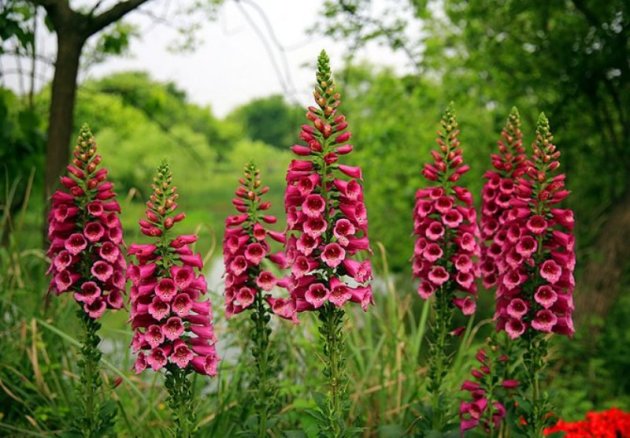
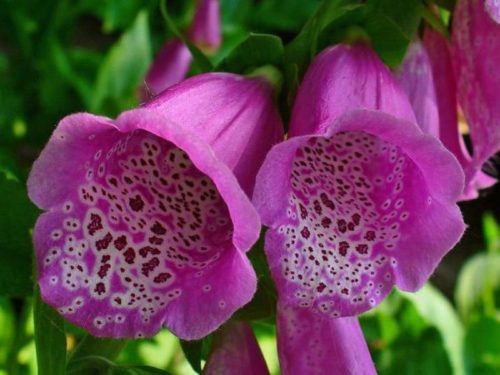
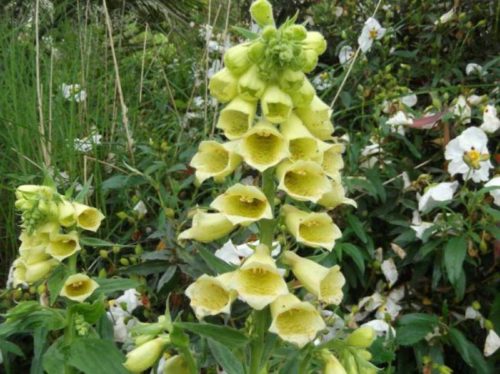
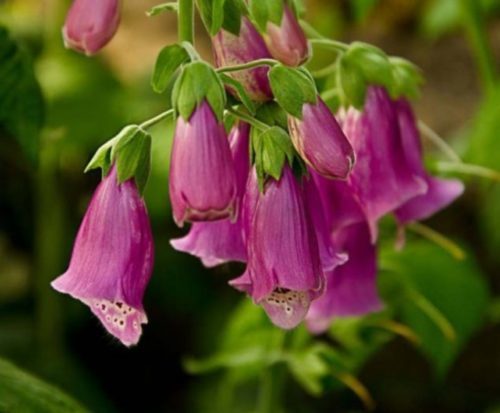
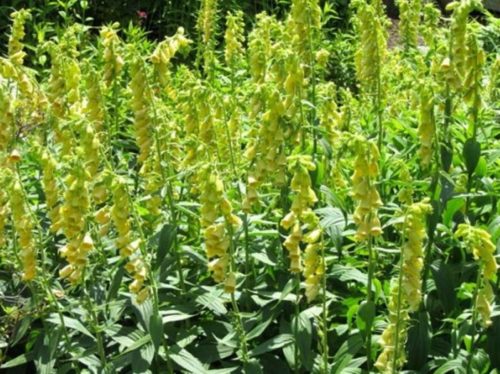
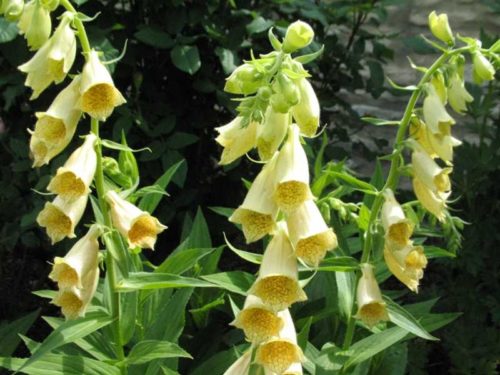
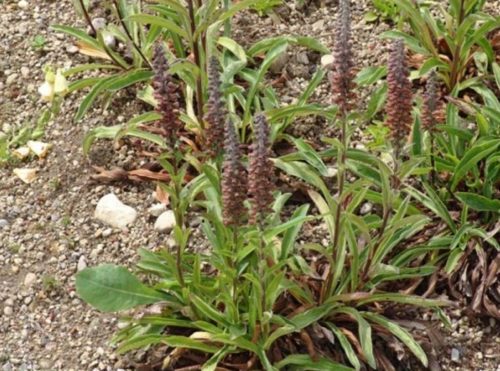

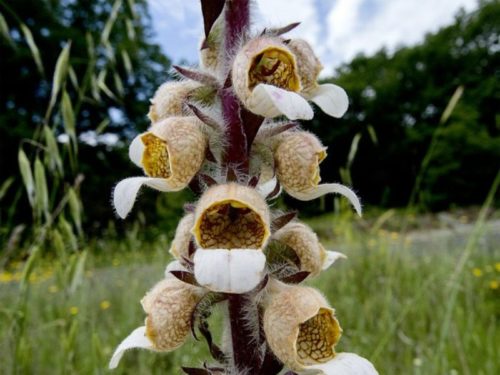
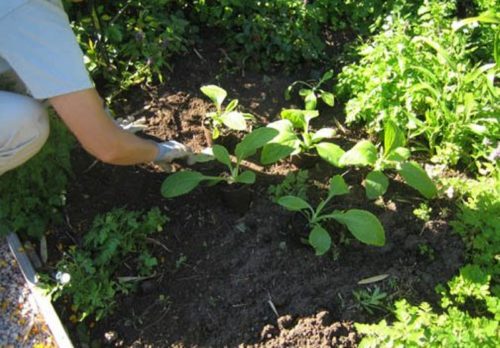
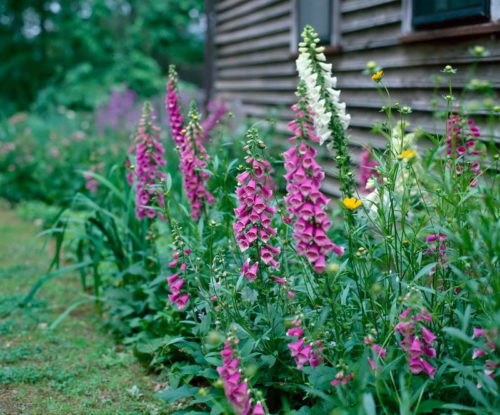

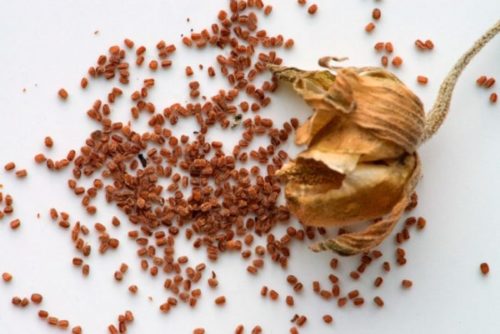
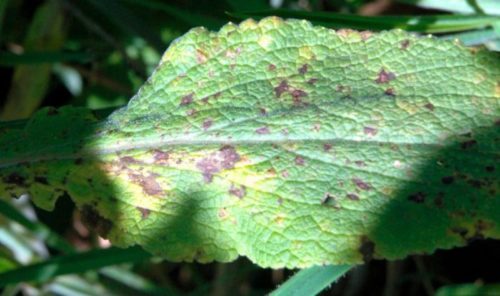
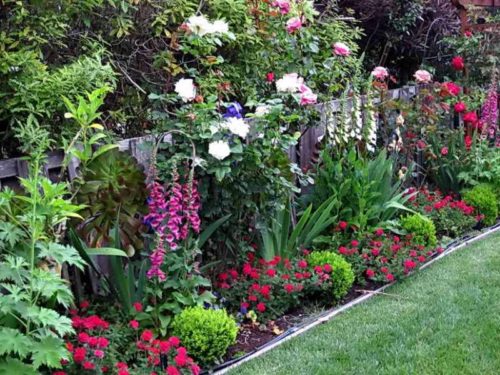
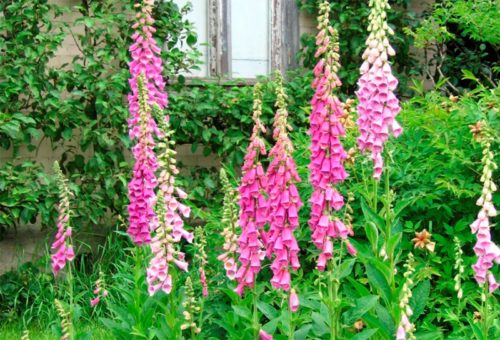

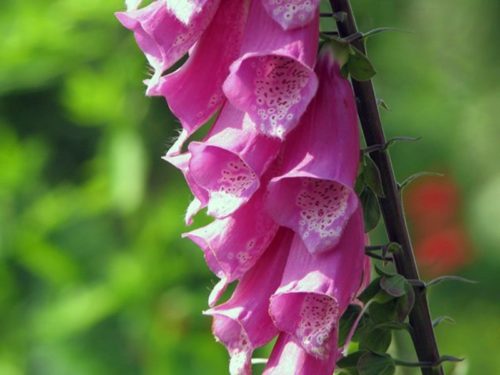

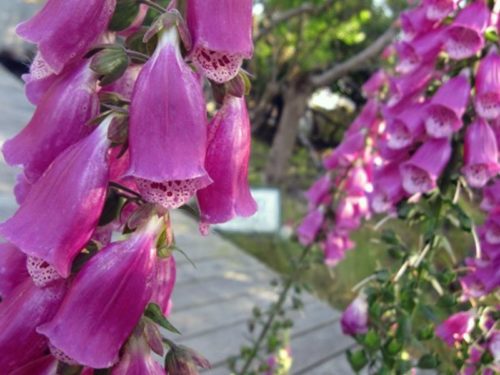
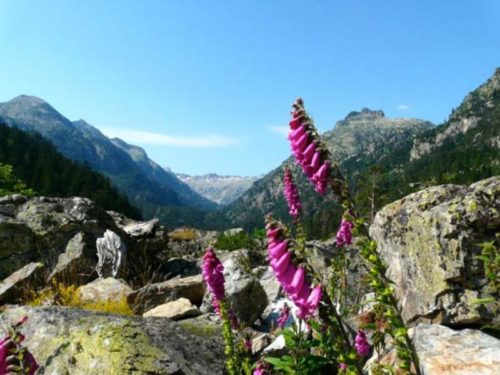
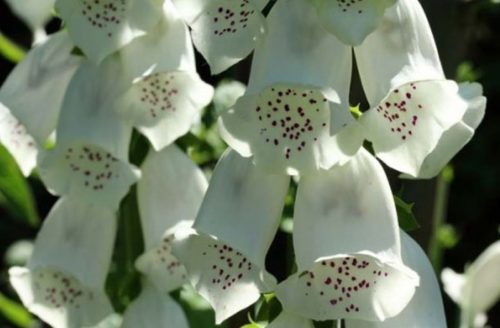












 Start a discussion ...
Start a discussion ...